System Swan Songs: The Last Games Released on the Greatest Consoles
Remember the first games for NES? Or SNES? Or PlayStation 2? Most people do. But few remember the last. To that end, we're looking at the final games to be released on some of the all-time classic consoles.
This article first appeared on USgamer, a partner publication of VG247. Some content, such as this article, has been migrated to VG247 for posterity after USgamer's closure - but it has not been edited or further vetted by the VG247 team.
System launches are amongst the most memorable events in gaming. However, while most gamers remember the first software releases of a new generation - few know the last. So what are they? Here's where you can find out, as we reveal the very last games to be released for classic and not-so-classic consoles.
But before I get to that, let me quickly lay out some ground rules for nitpickers. Please feel welcome to pick this apart, as I do love a good debate, and am always looking for new or more definitive information. Just be mindful that for the purposes of this feature, I'm considering the last official game to be released on each system as one that had general retail distribution in at least one, but preferably several worldwide territories. So yes, while I'm sure you’ve seen some guy online who made a side-scrolling version of BioShock: Infinite for the Atari 2600 only a few months ago, that’s homebrew – and it doesn’t count.
With that all squared away, let's get on with the show.

Atari 2600
Swansong Game: Klax (1990)
While the very first generation of gamers were being blown away by a brand new science fiction movie called Star Wars, Atari was rolling out its faux-wooden wonder. A console that would define video gaming's second generation, and indeed help hammer the last nail into its coffin.
While the 2600 was low tech, it had cockroach-like survival chops. It somehow avoided being nuked by the great video game crash of '83, and, nourished by some occasional dubious-quality software, eked its way though the 80s. It even stuck around long enough to witness the birth of its grand-consoles. But as the decade rolled over, the VCS ran out of puff at long last.
Its swansong game was marketed with the tagline, "It's the 90s, and there is time for Klax..." Unfortunately, that was not the case for the VCS. After spanning an incredible three decades, time was up for the legendary disco-era console.
Well, almost. Klax was the VCS' last official swansong, but it had an encore of sorts in 1992, when a puzzle game called Acid Drop was independently put into limited production in Germany. It was sold at a few retailers, enabling the system to make one final, rattling death gasp before it finally croaked.
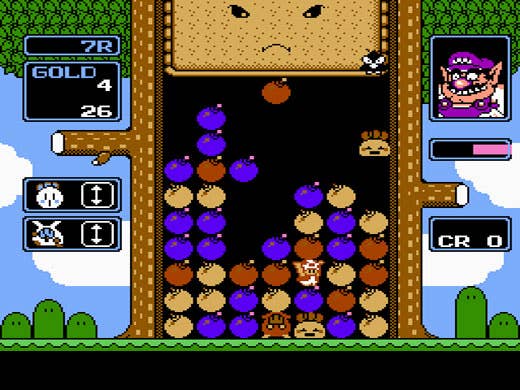
Nintendo Entertainment System
Swansong Game: Wario's Woods (1994)
Nintendo's unassuming grey box pretty much was the gaming industry between 1985 and 1991. Tomes have been written about it, and I doubt that I can write anything that you don’t already know. Well. Maybe this. In my native country of Great Britain, Nintendo licensed NES distribution rights to toy company Mattel. Unfortunately, that turned out to be a really bad idea. Clueless marketing combined with an astonishingly poor choice of game releases – often years after they’d hit the US market – resulted in the machine selling very poorly. Meanwhile, Sega’s Master System was advertised very successfully, and bolstered by a solid range of games sold very well, and became the dominant gaming system. Crazy, huh?
Funnily enough, Tonka distributed the Master System in the states during the same period. They also did a terrible job marketing it, and as you likely know, it was utterly steamrollered by the NES. So I guess the moral of the story is - don’t let clueless toy companies distribute your video game system.
Anyway, back to everyone’s favorite 8-bit icon. After a fruitful 11-year lifespan filled with some of the most legendary games of all time, even heroes have to die, and in 1994 the fairly decent match-three puzzler Wario Woods was the system's final farewell.
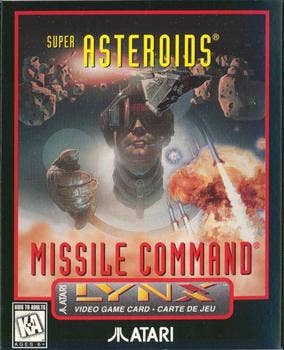
Atari Lynx
Swansong Game: Super Asteroids & Missile Command (1995)
In many respects the Sony PSP of its day, Atari's Lynx never quite hit critical mass due to its high price, bulky form factor and penchant for guzzling six batteries at a time as quickly as you could shovel them into its cavernous battery bay. However, despite its shortcomings, it's still considered a classic thanks to its advanced tech (for its time), decent screen (although it looks like a postage stamp these days) and excellent range of period arcade conversions (that actually still hold up well today).
So it's fitting that it bowed out with a ROM cart featuring a couple more coin-op ports: in this case, Super Asteroids and Missile Command. That was in 1995, a mere six years after the machine's launch.

Sega 32X
Swansong Game: Spider-Man: Web of Fire (1996)
Codenamed "Project Mars," Sega's 32X was a peripheral for the Genesis that was designed to help the fading 16-bit machine unleash blistering 32-bit power onto the Sega faithful. It also conveniently bought Sega a bit more time to finish building its upcoming next-gen machine, the Saturn.
However, gamers were nonplussed, as indeed were games developers, publishers, critics, retailers and pretty much anyone else you could think of. Barely two years after it was launched, the ill-conceived peripheral was seen off by Spider-Man: Web of Fire. A game, incidentally, that had an enormous production run of no less than 1500 (count 'em) copies. Which is the reason why it's a fairly pricey eBay rarity these days.
Over in Europe, 32X didn't last long enough to witness its first birthday. After the rather excellent Virtua Fighter was released, the system was written off as a dead loss - and was liquidated for $15 a pop at places like Woolworths.
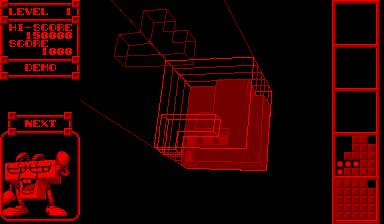
Nintendo Virtual Boy
Swansong Game: 3D Tetris (1996)
The trump card to play in any argument where someone is talking about how great and infallible Nintendo is, the Virtual Boy was a headache-inducing, red-on-red, festering piece of garbage. And I don't care how many misty-eyed people say otherwise. Just play it for 15 minutes, and I promise you that one or more of these very exciting things will happen: your eyes will feel like they've been rolled around in a tray of large salt crystals, your head will feel like it's got an ever-tightening iron band around it, or your neck will require some serious adjustment from a chiropractic specialist.
Released in the summer of 1995 to a universal chorus of raspberries from critics and gamers alike, the machine lasted an epic six months in Japan, and eight in the US before its plug was mercifully pulled.
The last game sucked down with the sinking ship? None other than Tetris 3D - which is about as much fun as getting pepper sprayed in the face.
By the way, I've still got one. I trot it out whenever anyone says "it wasn't that bad, was it?" Whereupon they almost immediately understand that it was.
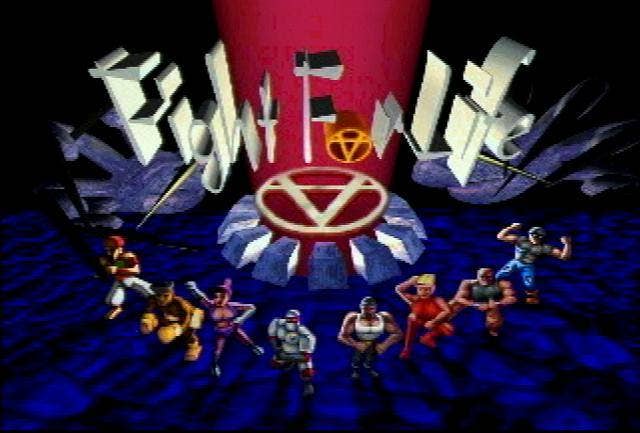
Atari Jaguar
Swansong Game: Fight for Life (1996)
Back in the mid-90s, Atari was the sole American-flag-flying company still in the console-manufacturing business. But sadly, not for much longer. Despite sporting 64-bit credentials, Atari’s hot-to-trot new Jaguar failed to woo players, in some part due to its mythically unergonomic controllers, but mostly because of its phenomenally motley software lineup.
The system lasted a scant three years before shuffling off this mortal coil, and the game that saw it off in 1996 provided a surprisingly appropriate historical footnote for a system whose entire existence had been one of eternal struggle: Fight for Life.
If you haven't seen it, mercy be praised. It's one of the worst fighting games of all time: a polygonal Virtua Fighter-type game whose hopeless gameplay was further de-hanced by a control scheme that was nigh on impossible to execute on the system's hand-cramping controllers. What were they thinking?
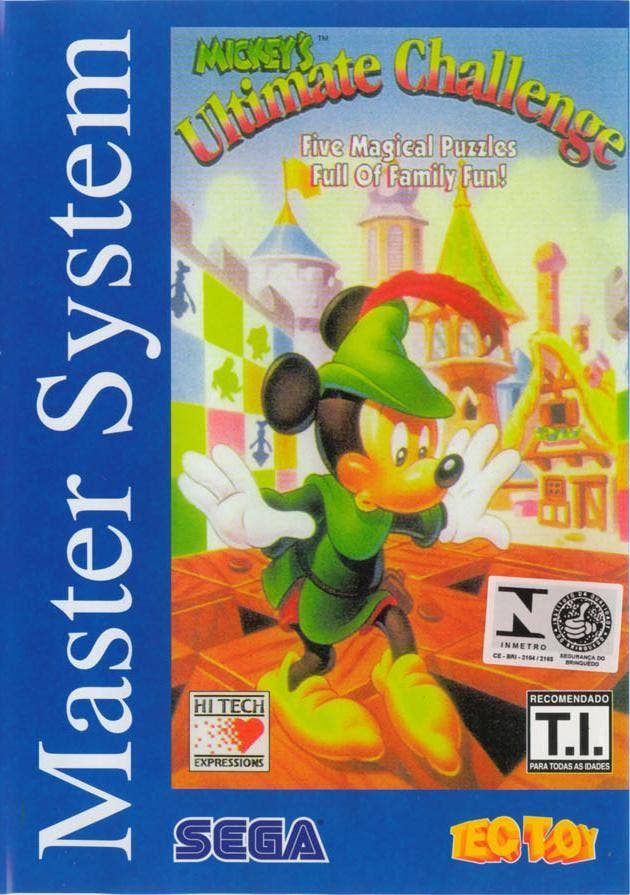
Sega Master System
Swansong Game: Mickey's Ultimate Challenge (1998)
Sega's second console was released around the same time as its arch-rival, the Nintendo Entertainment System - which comprehensively outsold it in Japan, and utterly crushed it here. However, in Europe, the machine was a huge success, thanks to the reasons I revealed above.
Yet while the NES was by far the biggest seller of the period, the Master System ended up having the last laugh - enjoying its final software release a full four years after the NES was relegated to the back of the great closet in the sky.
Its swansong was Mickey's Ultimate Challenge, a quite excellent little game that was released in 1998, some 15 years after the Master System's debut, and only a few months before the Dreamcast hit the streets. That really is an impressive lifespan for a system that is so often written off as an 8-bit era afterthought.

Sega Genesis
Swansong Game: Frogger (1998)
Known as the Mega Drive elsewhere around the world – but not in the US due to a trademark dispute – Sega’s Genesis was launched during an era of rapid technological development. Yet despite being a product of the 80’s it had considerable staying power, and not just because of the 32X and Sega-CD peripherals that were launched during its later years to help extend its life. Nope, it was great games that helped this iconic 16-bit machine span three generations.
But with the 90's drawing to a close, it was time for Sega’s most successful system ever to be put out to pasture, and the game that showed it the way was a new-fangled version of the old classic, Frogger.

Super Nintendo Entertainment System
Swansong Game: Frogger (1998)
After going at it hammer and tongs for years, the SNES and Genesis both punched each other out simultaneously in 1998. And coincidentally, just like its nemesis, Super Nintendo's swansong also turned out to be the disappointingly unimaginative, "re-imagined" Frogger.
Genesis and SNES represent perhaps the fiercest rivalry we’ve ever witnessed between a pair of consoles. Sure, PlayStation and Xbox have battled it out for years, but they’ve not come close to the kind of software arms race that we saw between the two 16-bit icons. System exclusives were far more commonplace, and each machine had its own unique arsenal of games to woo players. So to see them both die together as a couple, sharing a common game is a strangely sweet ending to their tumultuous lives.
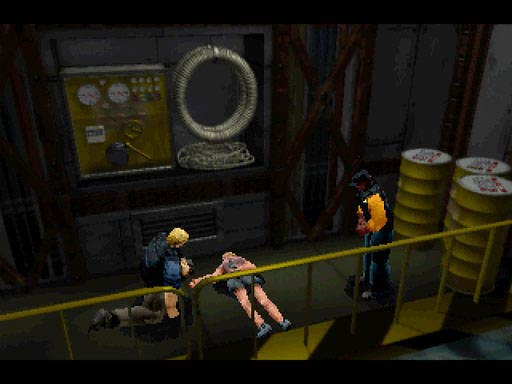
Sega Saturn
Swansong Game: Deep Fear (1998)
Technically, the last Sega Saturn game was Magic Knight Rayearth, one of those anime-sourced JRPGs that features gangs of characters with big heads and huge eyes, lots of text, and a rather strange plot. It was originally released in Japan in 1995, but thanks to a very protracted localization process, didn't see the light of day in the US until November 1998.
So why isn't that the system's swansong? Well, a couple of months before Magic Knight Rayearth hit the streets, Deep Fear was released in both Europe and Japan. It was a fairly decent underwater survival horror game that, more importantly, was an all-new, original title. So rather than an English language version of a 1995 release taking the credit for being the Saturn's swansong, I think Deep fear should get the nod.
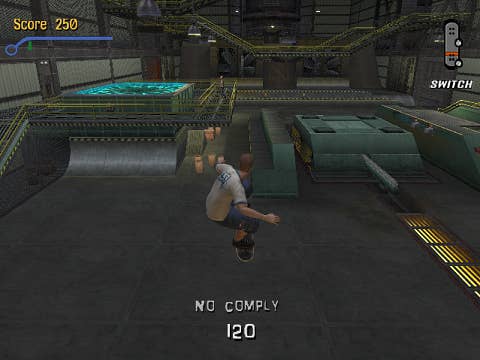
N64
Swansong Game: Tony Hawk's Pro Skater 3 (2002)
It's a double Tony Hawk swansong whammy for the N64. The fifth generation system was launched in 1996 and saw in the next century, but didn't last much longer.
In Europe, it lasted a surprisingly short five years before it looked death - and its final game - in the face. And wearing a black hoodie and wielding a scythe was Tony Hawk's Pro Skater, a game that spawned a hugely successful franchise before it succumbed to diminishing returns.
Over here, the N64 soldiered on for another year before it was visited by a video gaming grim reaper who looked almost exactly the same, but perhaps marginally better than its European counterpart - Tony Hawk Pro Skater 3.

PlayStation
Swansong Game: FIFA Football 2005 (2004)
If I were an annoying nerd with a high-pitched voice and acne, not only would I be an arcane stereotype, I'd also be saying something along the lines of "the very last game to appear on Sony's inaugural system was Dewprism in 2007." And I'd be kind of right. But the truth is, that was a limited-edition re-release of a game that appeared in 2000.
Instead, I'm going to out-nerd the nerd and point to a franchise that wasn’t as big in the US then as it is today – and that’s FIFA Football. Back in 2004, its 2005 edition watched Sony's original PlayStation flatline after a decade-long run.
However! There is an additional nerdy twist to this tale. Any German who might be reading this could justifiably claim that their country created a product that by rights should be The Last PlayStation Game Ever.
The game in question is the 2005 release, Schnappi: 3 Fun-Games. If that incomprehensible title makes absolutely no sense to you, I am not surprised in the slightest. It’s a minigame collection was inspired by, and indeed features a period novelty tune called Schnappi, das kleine Krokodil. Which I refuse to link to, because I want to indemnify myself against potential lawsuits for causing permanent brain damage. All I need to say is that the game was German-only, was built with Macromedia Flash, and it's about as fun as a bratwurst enema. Enough said. The PlayStation deserves a quality sending off, so FIFA, being a multi-territory release, makes for a much sweeter swansong than the aural monstrosity that is, for one last time, Schnappi, das kleine Krokodil.

Sega Dreamcast
Swansong Game: Border Down (2003)
Sega's ultimate console tottered along for five years before succumbing to the combined might of Nintendo, Sony and Microsoft. The game that helped it wave goodbye was Border Down, a pretty damn fine shooter.
Proving that the machine still had its fans even during its last death throes, the game sold out its 10,000 run. A further 5000 were produced in 2008 - which were also snapped up by Dreamcast owners. Apparently that still wasn't enough, because the game remains in high demand, selling for hundreds of bucks on eBay.

Nintendo GameCube
Swansong Game: Madden NFL 2008 (2008)
Nintendo's sixth generation games box outsold Sega's Dreamcast, but couldn't quite match Microsoft's upstart Xbox – much to the surprise of many pundits of the time – and was comprehensively beaten by the PlayStation 2. Which is no surprise because PlayStation 2 has outsold every other console in existence.
But even though its performance was somewhat below par, it still had a decent run, lasting from 2001 until 2008, whereupon it yielded to its far more successful successor – the Wii. The game that bought the curtain down on the squarest console ever was Madden NFL 2008, a decent enough send-off for a system not known for the quantity of its software releases – but its quality.
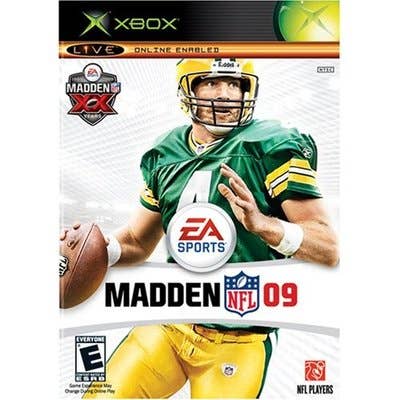
Xbox
Swansong Game: Madden NFL 2009 (2009)
It seems fitting that an all-American machine would be seen off by an all-American game – and in this case it’s Madden NFL 2009. Which is a similar-sounding swansong to its generational rival, the GameCube, which had been put to bed by the same franchise just 12 months earlier.
That many of the systems on this list have died in the arms of a sports game isn’t really surprising. Sports titles are hugely popular, with broad mass-market appeal that often help them sell on systems years after most hardcore gamers have abandoned them for bigger and better CPUs. In some cases, releases like NFL and FIFA might be the only premium games bought by these super-casual gamers, who are otherwise only interested in cut-price bargains and secondary market acquisitions.
And so it was with the Xbox, entertaining the last vestiges of its audience with a game based on America’s favorite sport.

PlayStation 2
Swansong Game: FIFA 14 (2013)
It's FIFA – again, and yes, that number is right. The edition blowing the final whistle on one of the greatest systems of all time is FIFA 14 2013. While there is always the possibility that other games might be released on this venerable console, it's extremely doubtful at this point, some thirteen years and just about two generations after its debut in 2000.
The fact that the PlayStation 2 lasted this long is a testament to its brilliance. While we can all argue where this system might end up sitting in the context of history, I'd make the case for it deserving the top spot thanks to its astonishingly long list of absolutely top-drawer games - and the fact that with 155 million units sold, it's also the most successful console ever.
So its guard of honor being one of the biggest-selling game franchises of all time is a fitting ending to this legendary piece of technology.

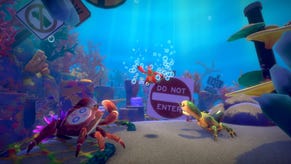
.jpg?width=291&height=164&fit=crop&quality=80&format=jpg&auto=webp)





